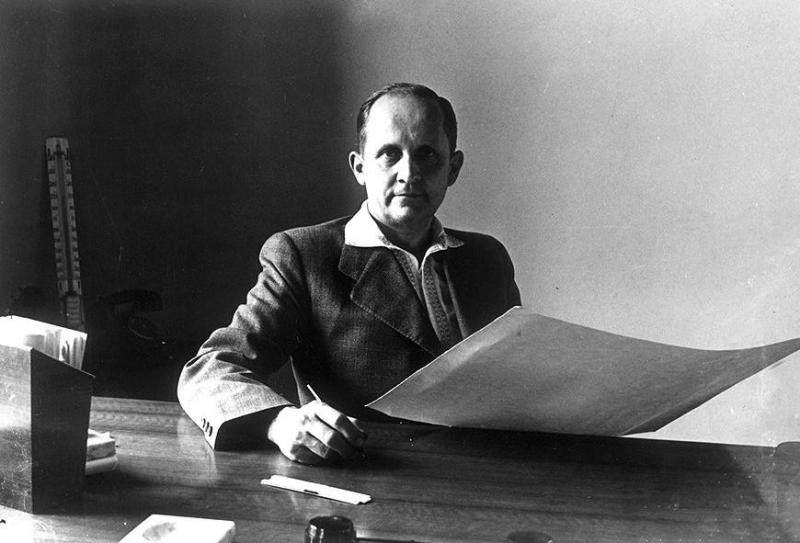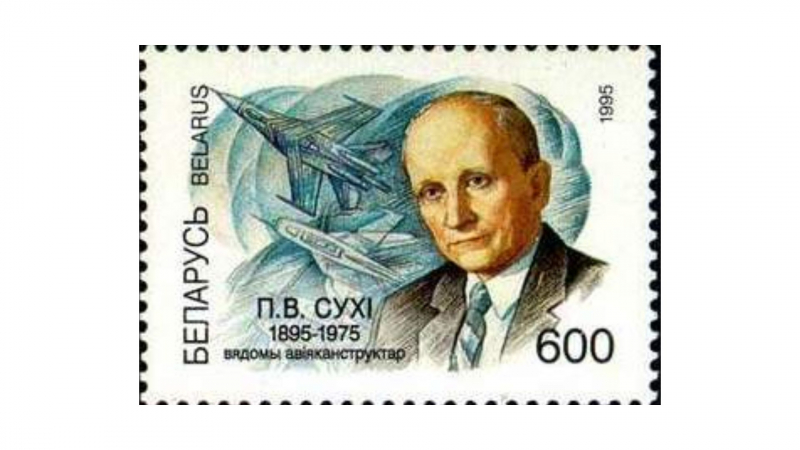Pavel Sukhoi
The next most important historical figure in Belarus is Pavel Sukhoi.The Sukhoi Design Bureau was established by Pavel Osipovich Sukhoi, an aerospace engineer and aircraft designer, who lived from 2 July 1895 until 15 September 1975. For 50 years, Sukhoi collaborated with Tupolev and Sukhoi to develop military aircraft, producing numerous renowned Soviet aircraft like the Sukhoi Su-7, Su-17, and Su-24. His aircraft established two global altitude records (1959, 1962) as well as two world speed records (1960, 1962). Sukhoi received the Order of Lenin three times and was recognized in the Soviet Union as a Hero of Socialist Labor.
Sukhoi participated in the warrant officer training for the Russian Western Front artillery. During the Polish-Soviet War in 1919, Sukhoi fled to Gomel as Polish forces marched on Luninets and started working as a teacher at the school for the children of railway workers that his father oversaw. Sukhoi got typhus and then scarlet fever about this period, which severely limited his ability to talk, and he gained a reputation for being quiet for the rest of his life. Sukhoi established an autonomous engineering and design division in Kharkiv in September 1939 under the name Sukhoi Design Bureau (OKB Sukhoi). Sukhoi was dissatisfied with the OKB's isolation from Moscow's scientific hubs due to its geographic position. Sukhoi was one of the first Soviet aircraft designers to take the lead on the development of jet aircraft in the postwar period, producing a number of experimental jet fighters. Sukhoi was compelled to work again for Tupolev starting in 1949 after losing Stalin's favor, this time in the capacity of Deputy Chief Designer.
Sukhoi was given permission to re-establish his own Sukhoi Design Bureau in 1953, the year Stalin passed away. During the Cold War, Sukhoi manufactured a number of significant serial combat aircraft, notably the supersonic Su-7, which replaced the MiG-15 as the primary Soviet fighter-bomber in the 1960s, and the Su-9 and Su-15 interceptors, which served as the cornerstone of the Soviet Air Defence Forces. Additionally, Sukhoi invented the Su-17 and Su-24, two aircraft with variable sweep wings. Sukhoi also initiated a number of unfinished projects, such as the ambitious Sukhoi T-3 attack aircraft with Mach-3 capability. Sukhoi served as a deputy of the USSR's Supreme Soviet from 1958 to 1974.








